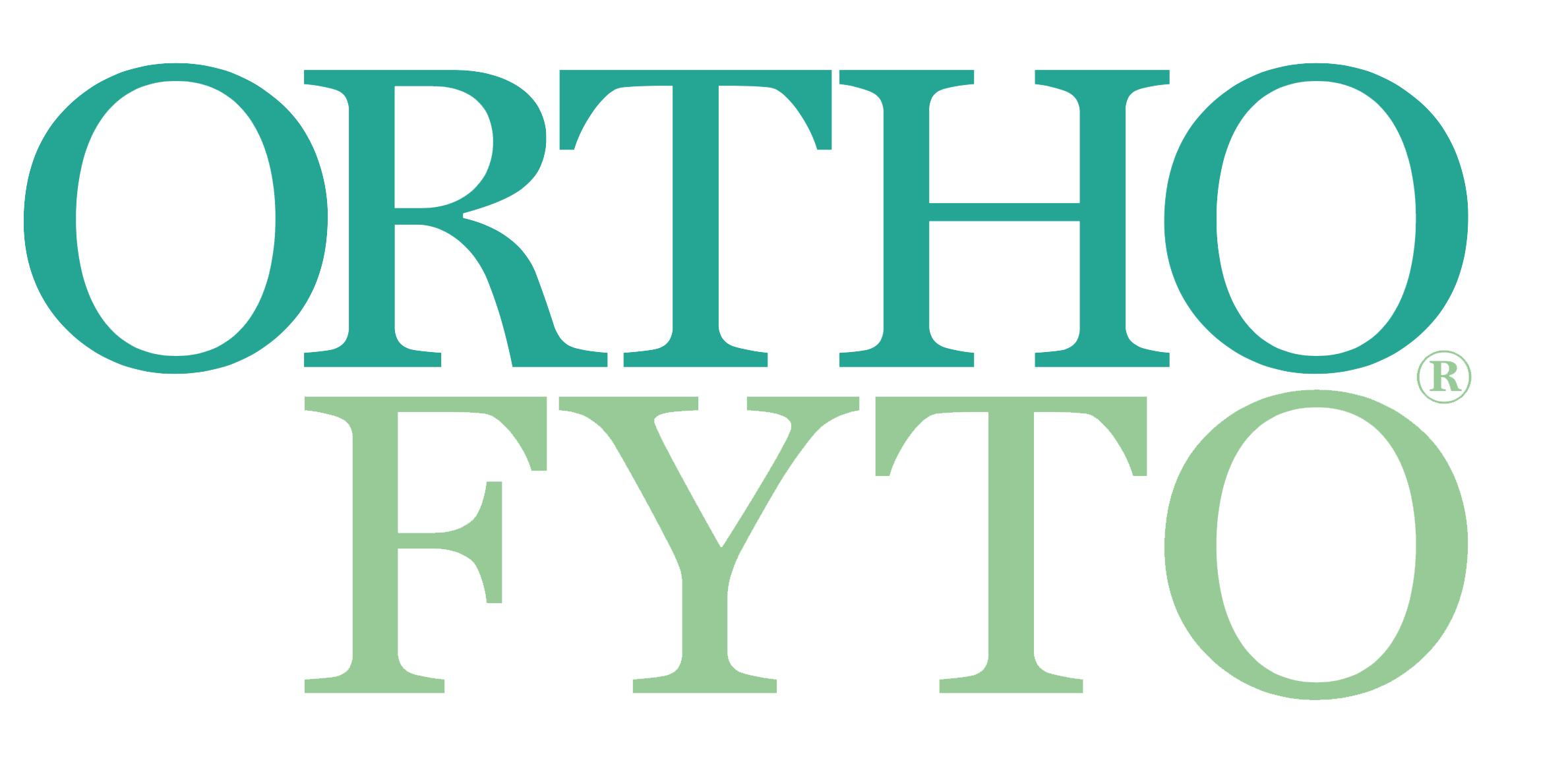Eetlust(dys)regulatie bij overgewicht en MetS
12 Apr, 2017
Door: Karlien Bongers
De manier waarop eetlust, energieverbruik en lichaamsgewicht wordt gereguleerd is een ingewikkeld, nog niet volledig ontrafeld proces. Leptineproductie in vetcellen, hormoonproductie in het spijsverteringskanaal, integrerende systemen van de nervus vagus, hersenstam en hypothalamus, en beloningscircuits in de hersenen spelen hierbij een belangrijke rol. We zien de afgelopen decennia een wereldwijde toename van het aantal mensen met overgewicht en MetS. Veranderd voedsel en eetpatroon, afname van lichamelijk activiteit en verstoringen in ons microbioom worden hiervoor verantwoordelijk geacht.
Onze overleving is afhankelijk van ons vermogen voedsel tot ons te nemen voor directe metabole behoeften en overtollige energie op te slaan in de vorm van vet voor tijden van schaarste. Eten wordt gestimuleerd door een hongergevoel, verlangen en genot, en gecontroleerd door een homeostatisch proces. De hypothalamus reguleert als een soort thermostaat onze eetlust en energieverbruik. www.karlienbongers.nl Lees het gehele artikel vanaf pagina 18 in OrthoFyto 2/17. Wilt u het hele artikel als PDF ontvangen? Bestel het dan hier voor € 3,50 Bronnen: 1. Ahima RS, Antwi DA. Brain regulation of appetite and satiety. Endocrinol Metab Clin North Am. 2008 Dec;37(4): 811-823. 2. Dardeno TA, Chou SH, Moon HS JP, Chamberland, Fiorenza CG, Mantzoros CS. Leptin in Human Physiology and Therapeutics. Front Neuroendocrinol. 2010 Jul; 31(3): 377-393. 3. Lam QL, Lu L. Role of leptin in immunity. Cell Mol Immunol. 2007 Feb; 4(1):1-13. 4. Flores MB, Fernandes MF, Ropelle ER, Faria MC, Ueno M, Velloso LA, Saad MJ, Carvalheira JB. Exercise improves insulin and leptin sensitivity in hypothalamus of Wistar rats. Diabetes. 2006; 55(9):2554-2561. 5. Ivić V, Blažetić S, Heffer M, et al. Ovariectomy and chronic stress lead toward leptin resistance in the satiety centers and insulin resistance in the hippocampus of Sprague-Dawley rats. Croat Med J. 2016 Apr; 57(2): 194-206. 6. Singh M. Mood, food, and obesity. Front Psychol. 2014 Sep 1;5:925. 7. Delporte C. Recent Advances in Potential Clinical Application of Ghrelin in Obesity. Journal of Obesity. Volume 2012 (2012), Article ID 535624, 8 pages. 8. Kim B, Feldman EL. Insulin resistance in the nervous system. Trends Endocrinol Metab. 2012 Mar; 23(3): 133-141. 9. le Roux CW, Welbourn DR, Werling M, Osborne A, Kokkinos A, Laurenius A, Lönroth H, Fändriks L, Ghatei MA, Bloom SR, Olbers T. Gut hormones as mediators of appetite and weight loss after Roux-en-Y gastric bypass. Ann Surg. 2007 Nov; 246(5):780-185. 10. Hartstra AV, Bouter KE, Bäckhed F, Nieuwdorp M. Insights into the role of the microbiome in obesity and type 2 diabetes. Diabetes Care. 2015 Jan; 38(1):159-165. 11. Dunford EC, Riddell MC. The Metabolic Implications of Glucocorticoids in a High-Fat Diet Setting and the Counter-Effects of Exercise. Metabolites. 2016 Dec; 6(4): 44. 12. Wilson ME, Fisher J, Bartness TJ. Quantifying food intake in socially housed monkeys: social status effects on caloric consumption. Physiol Behav. 2008 July 5; 94(4): 586-594. 13. O’Reilly GA, Cook L, Spruijt-Metz D, Black DS. Mindfulness-Based Interventions for Obesity-Related Eating Behaviors: A Literature Review. Obes Rev. 2014 Jun; 15(6):453-461. 14. www.natuurdietisten.nl 15. Stice E, Spoor S, Bohon C, Small DM. Relation between Obesity and Blunted Striatal Response to Food is Moderated by TaqlA1 Gene. Science. 2008 Oct 17; 322(5900): 449-452. 16. Kenny PJ. Reward Mechanisms in Obesity: New Insights and Future Directions. Neuron. 2011 Feb 24; 69(4): 664-679.